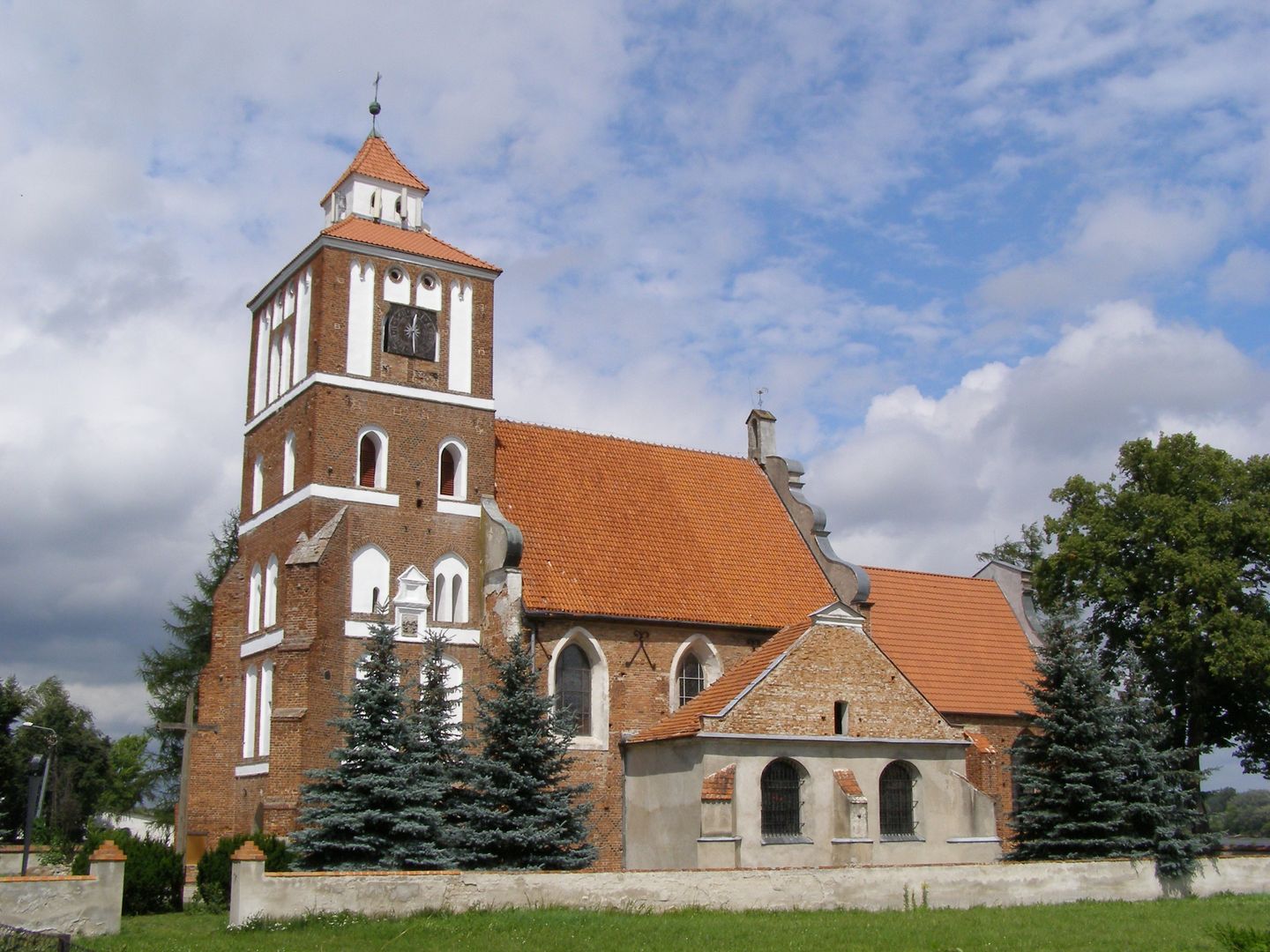Nieszawa
6.08

Overview
Nieszawa, located in the Kuyavian-Pomeranian Voivodeship, is a city with a rich history dating back to medieval times. The first mention of Nieszawa dates back to 1230, and the city was granted its town charter in 1425 and again in 1460. Key historical events in Nieszawa include the construction of a fortress by the Teutonic Knights and subsequent wars with them, including the destruction of the city by the citizens of Toruń in 1430. In 1460, Nieszawa was relocated further up the Vistula River, leading to the establishment of a new trade center that prospered during the 15th and 16th centuries, though its development was ultimately halted by Swedish invasions. After World War II, the city experienced tragic events when its German residents were imprisoned and murdered by local authorities.
The architecture of Nieszawa is primarily associated with its 1460 relocation, featuring a rectangular market square and a classicist town hall from 1821. The city is also home to a Gothic parish church dedicated to St. Hedwig and a 17th-century former Franciscan monastery complex. Notable as well are the historic residential buildings from 1822–1850 and former religious sites, including the old farmstead of the Franciscan monastery.
Nieszawa’s cultural life is enriched by events and commemorations related to figures such as Saint Maximilian Kolbe. The city is also an educational center, having been the birthplace of notable Poles like Anna Jagiellon and Heliodor Laskowski. A fun fact for tourists is that several films have been shot in Nieszawa. Additionally, tourist trails such as the S. Noakowski Trail and cycling paths attract outdoor enthusiasts. New initiatives, such as the Environmental Self-Help Center, which supports people with disabilities, have also been established in the city.
All of this makes Nieszawa, despite being the smallest municipality in the Kuyavian-Pomeranian Voivodeship, a place offering rich history, interesting architecture, and dynamic cultural life.
Location
2025 Wizytor | All Rights Reserved